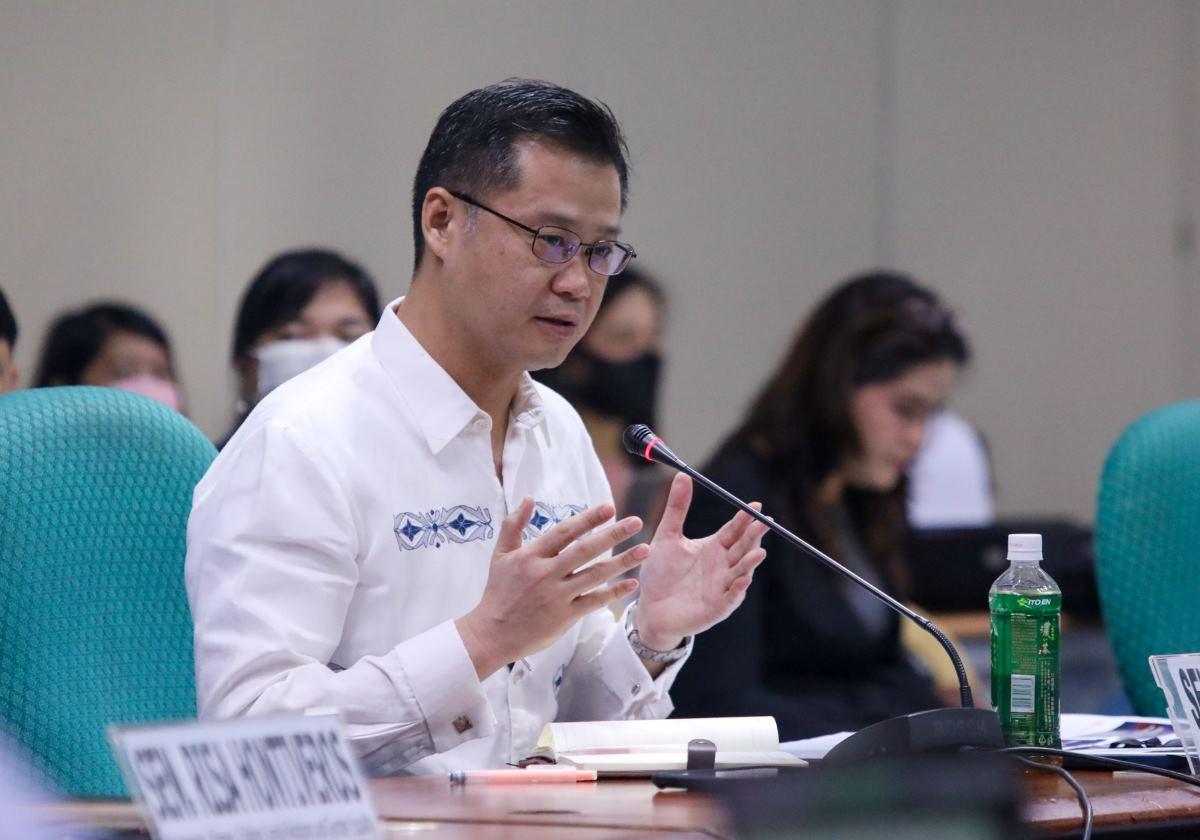
DEPED AND MISEDUCATION
Of all the Cabinet positions within the grant of the president and the approval of the Commission on Appointments, that of the Department of Education (DepEd) may be the most challenging. It is a post I would not wish on anyone, not even my enemies. Why? Because actual tasks and targets are overwhelming.
Imagine navigating a bureaucracy of close to a million personnel and getting things to work in unison. Worse, the public expects so much from an education secretary that anyone appointed seems predetermined to fail. Had she been more professional or committed, the outgoing secretary should have presented a terminal report on her term that would make the nation look beyond her petulant behavior and remember something positive. The highlights of her term seem to be: her removal of teaching aids from classrooms, the return of ROTC, a “Matatag” K-10 curriculum, and a thwarted request for multimillion confidential funds.
The new education secretary should start by reading the depressing 398-page, Year One report of the Second Congressional Commission on Education (EdCom II) entitled, “Miseducation: The Failed System of Philippine Education.” (Available online from edcom2.gov.ph.) The title says it all. If the secretary focuses on reforming the system and bureaucracy, precious time spent on housekeeping and putting out fires will leave little left for actually addressing the pressing needs of Philippine education.
Our problem starts from the very young. According to the report, “the Philippines has one of the highest prevalence of under-5 stunting in the world, at 26.7 percent, compared to the global average of 22.3 percent.” This means that malnutrition in children below 5 years old will stunt not just their physical growth but also their brain capacity to learn. Republic Act No. 11037, with limited funds, sought to identify and address the malnourished. But poor implementation led to feeding centers feeding all children leaving the state of the malnourished unchanged or worse. Another issue was that only 15,207 of 42,027 barangays have early childhood and daycare centers. Of the barangays lucky enough to have early education centers, 89 percent of the staff were not permanent employees. The average salary is P5,000 a month. Many of the teachers were not trained in early childhood education.
In basic education, “only 27 textbooks have been procured for Grade 1 to Grade 10 despite substantial budget allocation.” Only P4.5 billion of the P12.6 billion made available for textbooks and other instructional materials was obligated and only P952 million was disbursed. The next question should be where is the bottleneck and how do we clear it?
To gauge the state of education, or to know if our students are actually learning enough to pass a test, a series of 27 key stage assessments were scheduled of which 13 were implemented but delayed. Eleven assessments were not administered. Procurement and staffing issues were blamed for the problem, leaving DepEd in a bind on what to prioritize for planning and policy. We now have a revised Matatag K-10 curriculum. Didn’t we start with K-12? How is this implemented through “spiral progression” in a classroom?
I was overjoyed to see the word “competencies” in the EdCom II executive summary. A long time ago, “competencies” meant the measurable learning a student is supposed to have mastered in a course to pass on to the next. Some people found the term too harsh and softened it, dumbed it down into “desired learning competencies.” What are the current buzz words today? I was upset with the report that the use of the mother tongue or the child’s first language as the medium of instruction in early education was snagged by obstacles thrown its way by “the highly centralized structure of DepEd.” But then this brings us back to the issue of the national language, which some sectors see as the enemy of regional languages.
Finally, on the teachers. They are overworked and underpaid. They are assigned tasks that take them away from their primary function—teaching. They have difficulty accessing further training and professional development, and those who are eligible for career advancement are stymied by limits to promotion.
I sat on the Teacher Education Council from 2005 to 2007 and remember the difficulties we faced in enforcing policies on hiring licensed teachers instead of “para-teachers” hired to teach despite flunking or not taking the Licensure Exam for Teachers (LET). Looking at LET scores, we consistently asked that higher education institutions with zero passing marks in the licensure exams shape up or face closure. Nothing has changed, the EdCom II report states that “between 2012 and 2022, 77 higher education institutions offering Bachelor of Elementary Education and 105 offering Bachelor of Secondary Education continued operations despite having consistently zero passing rates in the LET.”
The EdCom II Year One Report outlines the problems. Let’s hope the Year Two report provides recommendations for solutions. The new education secretary is fortunate that the outgoing one has set the bar so low, he or she will look good in comparison. But the greatest challenge is time—the new secretary only has four years until June 30, 2028, to make a difference.
—————–
Comments are welcome at [email protected]
2024-07-02T21:21:40Z dg43tfdfdgfd
